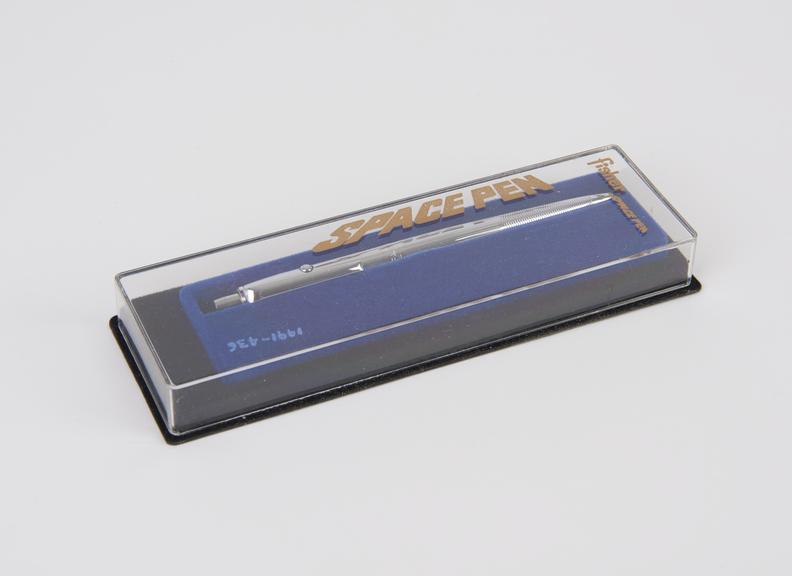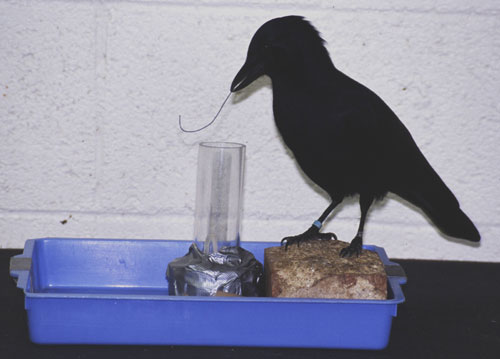Discover the extraordinary journey of the Fisher Space Pen. Follow the tale of human ingenuity and perseverance as Paul C. Fisher defies the limits of gravity to create a writing instrument that transcends earthly boundaries. From its humble beginnings to becoming a symbol of resilience and exploration, this story celebrates the timeless triumph of innovation in the face of cosmic challenges.”
The Space Pen: Defying Gravity
In the vast expanse of the cosmos, where the laws of physics dance with the mysteries of the unknown, a seemingly mundane yet ingenious invention emerged — the Space Pen. The story of this extraordinary writing instrument is a testament to human innovation in the face of challenges beyond our atmosphere.
In the early days of space exploration, astronauts faced a peculiar problem. Traditional pens, relying on gravity to draw ink, were rendered useless in the weightlessness of space. The Soviet Union, pioneers in space travel, opted for the humble pencil. However, as the Cold War space race heated up, the United States sought a more sophisticated solution.
Enter Paul C. Fisher, an American pen manufacturer with an entrepreneurial spirit as boundless as the cosmos. Unfazed by the vacuum of space, Fisher dedicated himself to creating a pen that defied the limitations of gravity. After years of experimentation, he birthed the Fisher Space Pen in 1965.
The brilliance of Fisher’s invention lay in its simple yet groundbreaking design. The pen utilized a pressurized ink cartridge, ensuring a steady flow of ink regardless of gravity’s whims. Its hermetically sealed, precision-machined tip could write in the vacuum of space, underwater, in extreme temperatures, and even upside down.
However, the journey of the Space Pen was not without its challenges. Fisher invested his own funds into the project, facing skepticism and financial strain. Yet, his unwavering determination paid off when, in 1967, both NASA and the Soviet space program adopted the Fisher Space Pen for their astronauts.
The Space Pen became a symbol of human ingenuity, a tiny triumph in the vastness of the cosmos. Its compact form belied its cosmic capabilities, and astronauts marveled at the reliability of this unassuming writing instrument that accompanied them on their celestial journeys.
As the Space Pen transcended its earthly origins, it became a symbol of resilience, adaptability, and the relentless pursuit of solutions in the face of seemingly insurmountable challenges. Today, whether on the International Space Station or in the hands of explorers on Earth, the Fisher Space Pen continues to write the story of human exploration, one zero-gravity stroke at a time.
FAQ
Why were traditional pens ineffective in space?
Traditional pens relied on gravity to draw ink, rendering them useless in the weightlessness of space.
Why did the Soviet Union choose pencils for space exploration?
In the early days of space travel, the Soviet Union opted for pencils as a simple solution to the challenges posed by zero gravity.
What was the inspiration behind the Fisher Space Pen?
Paul C. Fisher, an American pen manufacturer, was inspired to create a pen that defied the limitations of gravity, leading to the invention of the Fisher Space Pen in 1965.
What is the key feature of the Fisher Space Pen’s design?
The pen’s pressurized ink cartridge and hermetically sealed, precision-machined tip enable it to write in the vacuum of space, underwater, in extreme temperatures, and even upside down.
How did the Fisher Space Pen become adopted by space programs?
Despite facing skepticism and financial challenges, Fisher’s invention gained recognition when both NASA and the Soviet space program adopted the Fisher Space Pen in 1967.
What makes the Fisher Space Pen a symbol of human ingenuity?
The Space Pen symbolizes human innovation and resilience, demonstrating the ability to overcome challenges beyond Earth’s atmosphere.
Where has the Fisher Space Pen been used?
The Fisher Space Pen has been used on the International Space Station and by explorers on Earth, continuing to contribute to the story of human exploration in various environments.




